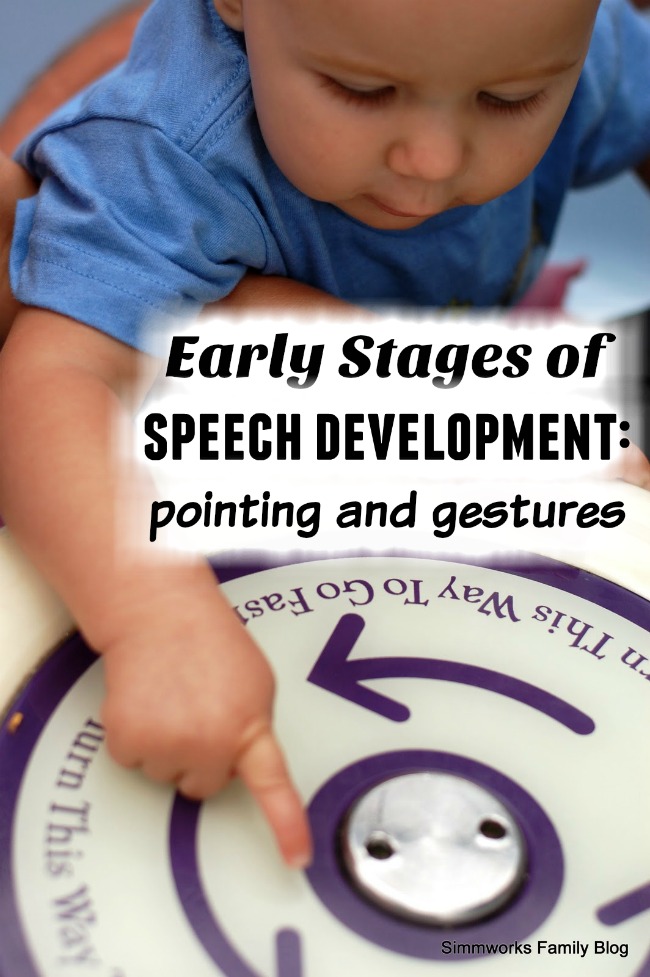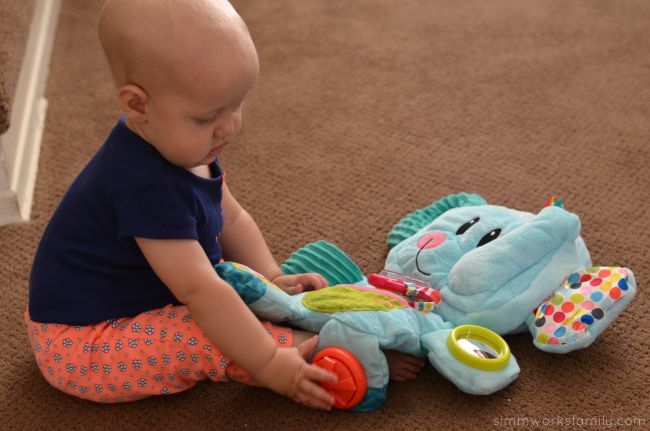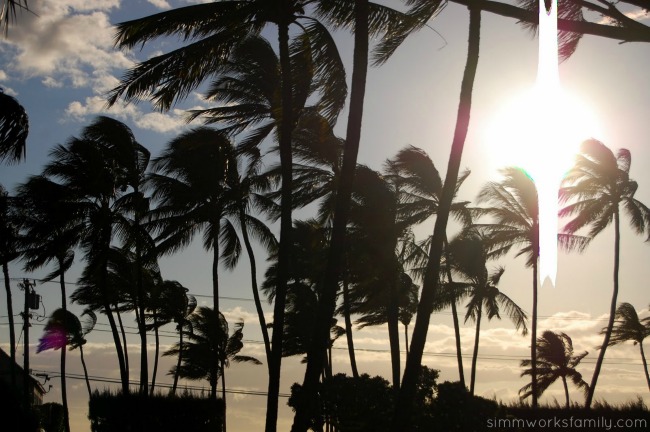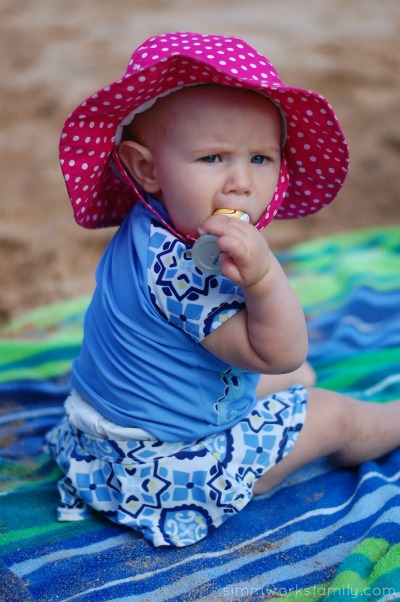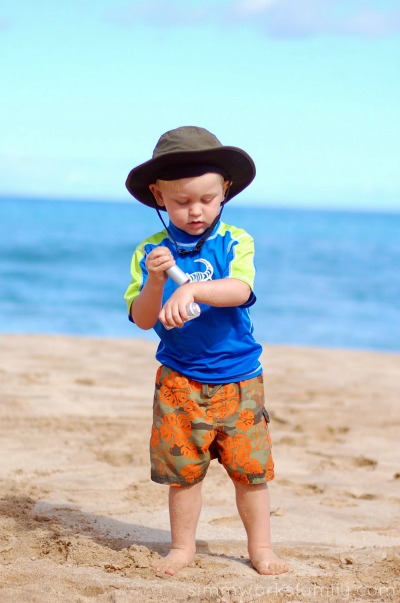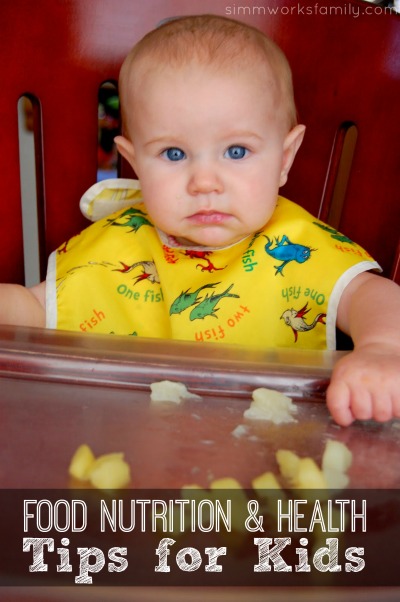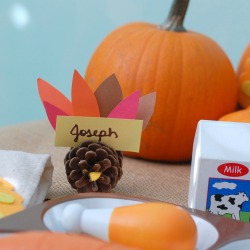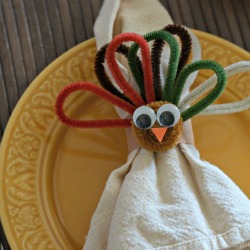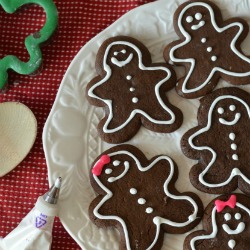After adopting our pup, Scout, we started researching dog foods, dog friendly places and much more. On our quest to find the perfect treats, supplies and food for Scout we stumbled upon a pet supply store that was very close to home. Like up the street and around the corner from us. So we stopped by. And what we were greeted with kept us coming back for close to 6 years now.
San Diego Pet Supply carries everything from dog food to animal carriers to vaccinations. I’ve never had a problem finding what I need for my pets there. And they keep my kids entertained too. There’s always birds, reptiles or other small animals to keep them occupied while one of kind employees picks up a large bag of Canadae for me from their shelves. I used to grab the bag myself but as soon as they saw me they’d rush over and grab the bag for me. So I let them grab it now.
Most of the time all I have to do is come to the counter, ask for what I need and they grab it and load it in the car automatically. And with my hands full with children their customer service makes my life a heck of a lot earlier! I’ve never had that type of treatment at a big box pet supply retailer.
And the last time I visited took the cake! I was in desperate need of food (only one scoop left) and was coming home from a playdate. By the time I got to San Diego Pet Supply both kids were asleep in the back of the car. I couldn’t imagine leaving them in the car alone while I ran in even though the storefront faces the car and the roll up door would leave a great view of them. So I did the only thing I could think of. I called and explained the situation and asked if they could help.
They were more than willing to take care of me! As soon as I hung up the phone I could see a cart being wheeled out the door with the dog food ready to go. I handed over my card, loaded the food in the trunk and then returned to sign my credit card slip. I didn’t have to leave my car or my kids and I had the dog food I needed! Now that is excellent customer service. And not only did they help me out, they let me know that they do free delivery for purchases over $40 within a 10 mile radius. And our house is within that radius! Now there’s no way I can forget the food… it’s delivered right to my door automaticall!
So if you live in San Diego and are looking for an amazing pet supply store you have to check out San Diego Pet Supply! And for 5% off your next purchase check out their coupon.
A little information from their website:
San Diego Pet Supply is 6,900 square feet packed with anything and everything a pet will possibly need, and all that your special friend could want. Operating as a supplier of feed and scratch since the 1875, they still offer a huge assortment of bulk and packaged foods.
From common brands to all natural and whole foods blends, they are the source for satisfying your animals’ endless appetites. In addition to carrying everything relating to pets, they specialize in stocking hard to find items, such as shampoos you would normally only be able to purchase through a veterinary prescription.


